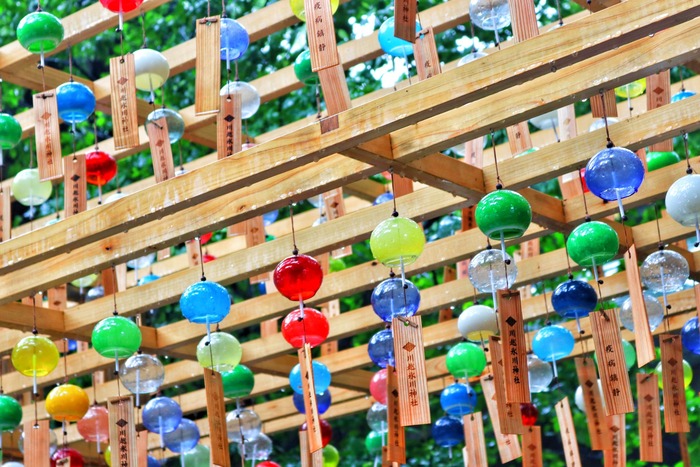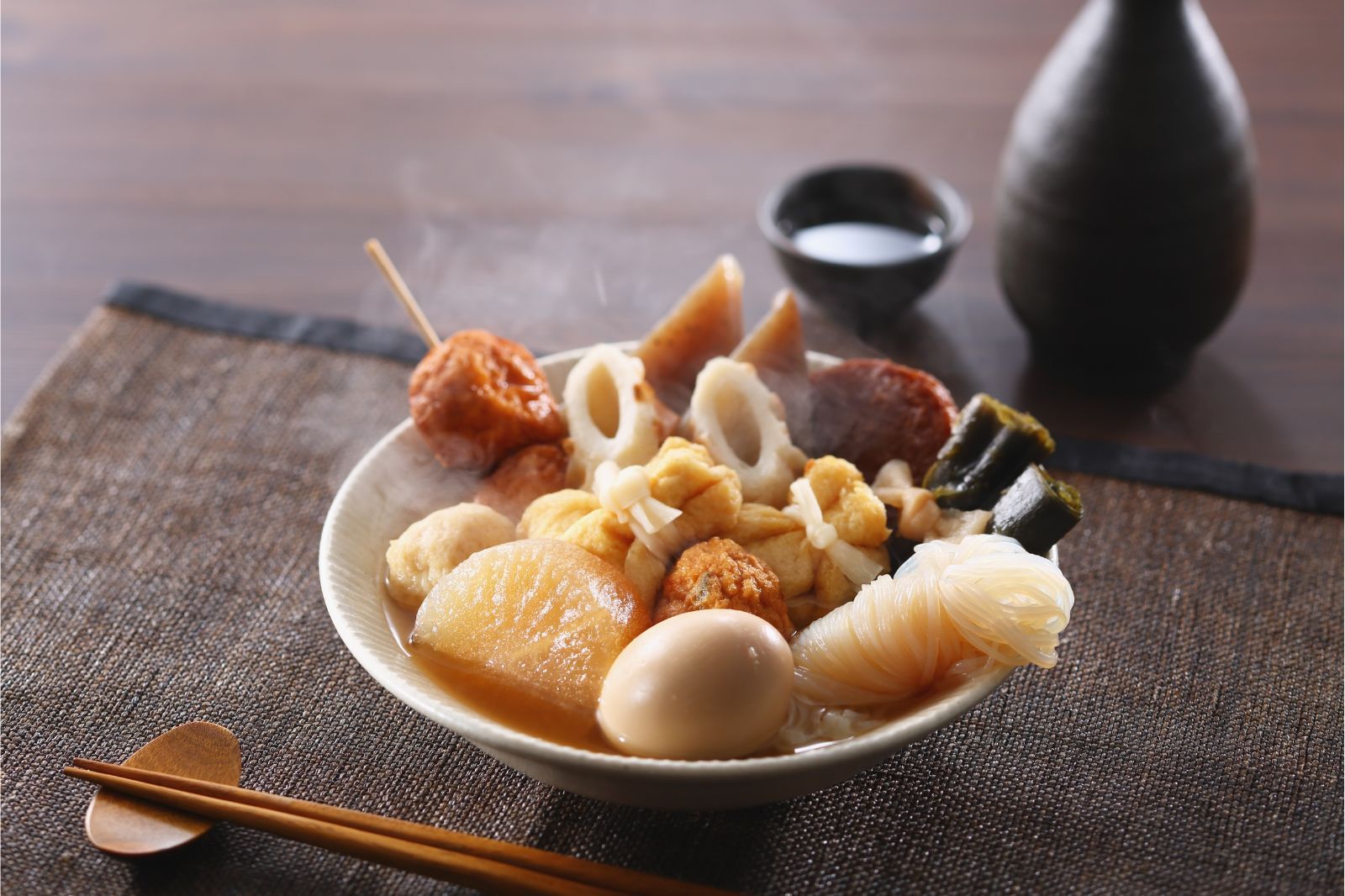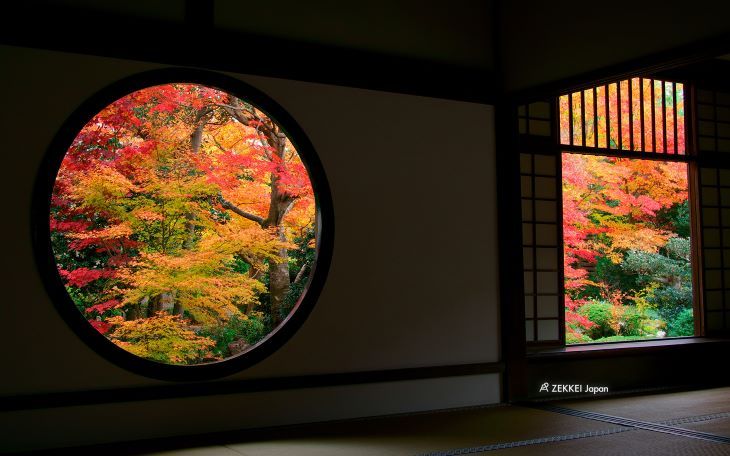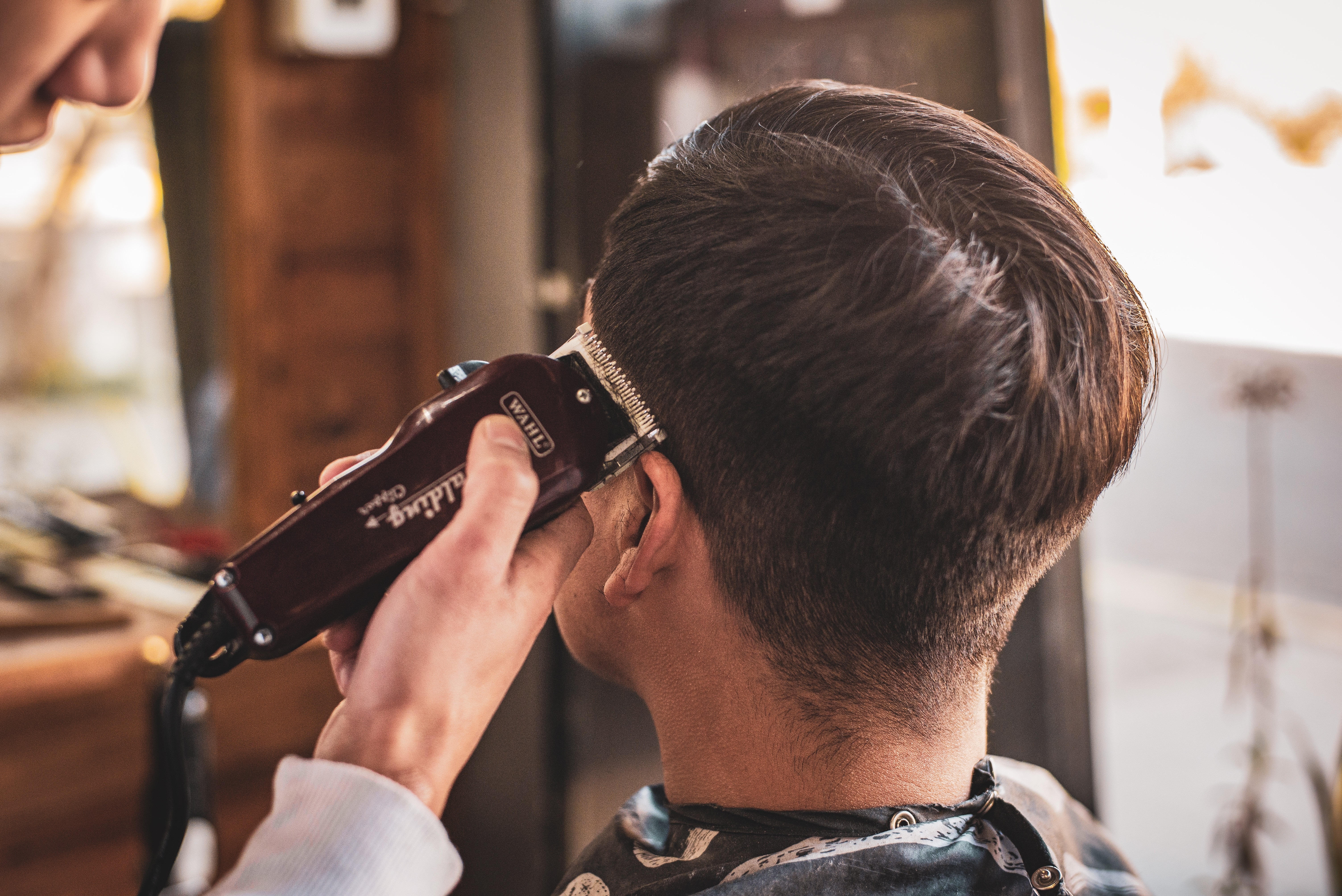Protecting Your Home from Humidity and Mold During Japan's Summer
Japan is known for having long, incredibly humid summers, which bring with them mold and a host of other problems for your home and health. Protecting your home from humidity and mold is a constant battle from the onset of the rainy season until the fall, but it can be managed as long as you are prepared. So let's look at why humidity and mold are such a problem in Japan, learn about all the ways you can deal with them, and how to stay healthy during the rainy season--before the humidity sets in.
Japan's Humid Summers
Every year, almost every part of Japan experiences a rainy season, known in Japanese as "tsuyu (梅雨)" or "baiyu (黴雨)." It usually starts as early as May in Okinawa, reaches Tokyo and the surrounding areas in June, and hits Hokkaido around late June or early July. This season brings heavy rainfall for days, and is when temperatures and humidity in Japan begin to skyrocket. By the end of the rainy season, summer will have begun, and you can expect to experience high temperatures and high humidity for the next three to four months.
While the humidity might be felt the most outdoors, it also affects everything inside the home and fosters the growth of mold. This mold loves to develop in places that are already often damp, such as the bathroom or kitchen sink. But mold can also impact enclosed spaces, such as closets where you keep clothes and shoes.
Why is Humidity Such a Big Problem?
Humidity and the mold that comes with it can cause some mild to serious health problems if left uncontrolled. Here are some of them.
・Mold-Related Allergies (Asthma, Dermatitis, Nasal Congestion)
Exposure to mold spores can trigger respiratory issues such as asthma attacks, coughing, sneezing, and nasal congestion. It can also cause skin problems like dermatitis or rashes. If you have mold allergies, having mold in the home can seriously affect your quality of life.
・Food Poisoning
The high humidity and warm temperatures during the rainy season provide ideal conditions for bacteria such as Salmonella and E. coli to multiply rapidly. This can increase the risk of foodborne illnesses, including stomach pain, vomiting, and diarrhea. Be sure to refrigerate your perishable food immediately after cooking or shopping, wash your hands, cutting boards, and utensils thoroughly before and after handling raw meat or seafood, and keep a close eye on expiration dates.
・Viral Infections (Influenza, Stomach Viruses)
Because people spend more time indoors and close together during the rainy season, the risk of catching viral infections increases. Humidity also affects the stability of viruses, making it easier for some viruses to linger in indoor environments.
・Damaging Electronics
You may not realize it, but humidity can damage sensitive electronics in your home, too. Too much condensation inside the electronics can lead to malfunctions, corrosion, or even short-circuiting. Avoid placing electronics directly on the floor, especially if your floor is made of tatami, and store electronics you're not using regularly in dry, elevated areas with silica gel or moisture-absorbing packets.
Protecting Your Home from Mold
Here are a few ways to protect your home from humidity and mold. Some methods are more expensive than others, so choose methods that best fit your budget and home.
・Use a dehumidifier
One of the best ways to keep rooms in your house humidity-free is to use a dehumidifier. While the up-front cost of buying one can be quite high, and having it running all day long will contribute to a higher monthly electricity bill, using one will keep the humidity in your home at a much more manageable level.
・Air out closets, store your winter clothes before the rainy season begins
Clothes that aren't frequently washed over the winter and spring, such as coats and heavy sweaters, are more prone to getting affected by mold over the summer. Leather clothes or shoes, suits, and winter coats are more likely to be damaged over the summer. To prevent this, try not to overcrowd your closets and pack away heavy clothes in suitcases or airtight storage boxes. Putting some moisture-absorbing packets (which we'll cover in more detail shortly) inside the boxes for extra protection is also a great idea. By doing these things, you can rest easy knowing that come next winter, your clothes will still be in great condition.
・Set your air conditioners to 'dry'(ドライ) or 'dehumidifying'(除湿)
Most Japanese air conditioner/heater units should have a dehumidifying setting which makes a big difference indoors. This setting can be more effective at cooling down a room and keeping the room less humid. If you have a unit that gives you the option of setting the temperature as well, about 24℃ or 25℃ is ideal.
・Keep bathroom fans running
Japanese bathrooms and shower rooms almost always have fans in them that are meant to be kept running at all times. While regular cleaning is also an important part of stopping mold from growing in these often-damp rooms, keeping the fans on, especially after taking a bath or shower, will help slow the growth of mold.
・Use Japanese moisture absorbing products
There is an impressive variety of products available for sale in Japan meant to help absorb moisture in your home to protect rooms and clothes from humidity and mold. These products can be found at any drug store in Japan for reasonable prices, but even cheaper versions can often be bought at 100 yen shops like Daiso. Shops like Daiso also usually write "dehumidifying" in English on these products, making it convenient for people who can't speak Japanese to find them.
Examples of these kinds of products include humidity-absorption containers that you can place in closets to absorb moisture, as well as moisture-absorbing packets and sheets that you can place with futons and clothes to keep them from getting moldy. These packets and sheets can be found if you look for "shikke tori 湿気取り" or "jyoshitsu sheet 除湿シート."
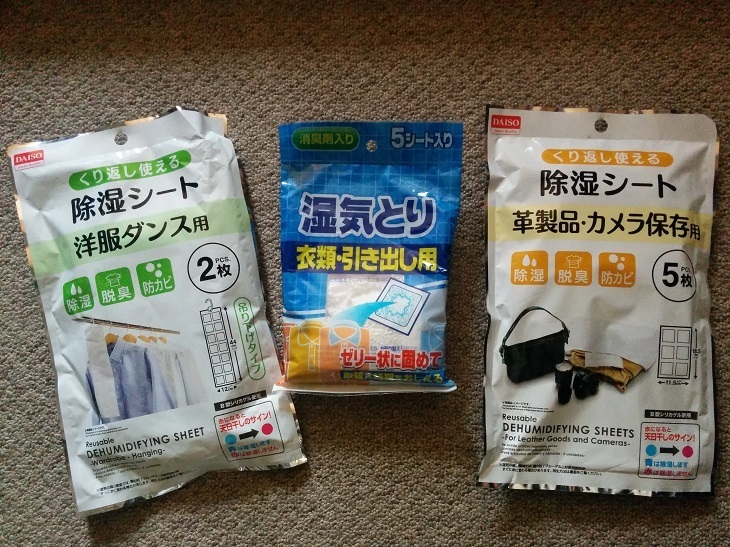
Dealing with Laundry & Humidity in the Rainy Season
During the rainy season, you'll need to hang laundry indoors, but it can significantly raise the humidity inside your home. Simply hanging wet clothes without any precautions can actually make your room more humid.
To deal with this, use a dehumidifier wherever you hang laundry to fight the humidity, use your air conditioner's laundry-drying mode (many modern units in Japan have this feature), point a fan or air circulator directly at your laundry to improve air flow, or space clothes far apart instead of bunching them together to help them dry evenly and faster.
What To Do If Too Much Mold Starts Growing in Your Home
In the unfortunate event that mold starts growing in your home, it can be hard to stop it from continuing to grow. And if mold gains too large a foothold in your home, you may need to hire professional cleaners or a mold removal company. Here are some resources you can contact if mold becomes a serious problem in your home.
・Professional Mold Remover Companies: These companies specialize in removing mold and will have all the tools necessary to help clean your home.
・Home Insurance Company: If your home insurance covers mold damage, you're in luck! You should be able to contact your insurance provider for assistance with removing the mold and any damage caused by it.
・Municipal Environmental Consultation Desk: Local governments often have consultation desks for residential environment issues. While they may not be able to directly help solve your mold problems, they will likely have information to help you understand what you should do or who you should contact to help you with the mold. If you're not sure what to do when you discover lots of mold in your home, this may be a good place to start to figure out your next best step.
Prevent Mold Before it Starts Growing!
Once mold gains a foothold in your home it is extremely hard, if not impossible, to get rid of completely. That's why it is so important to start protecting your home from mold before the rainy season and Japanese summer start. But by following these tips and using some of the products listed, you should be well on your way to making sure your home is well-protected during the humid Japanese summer.














